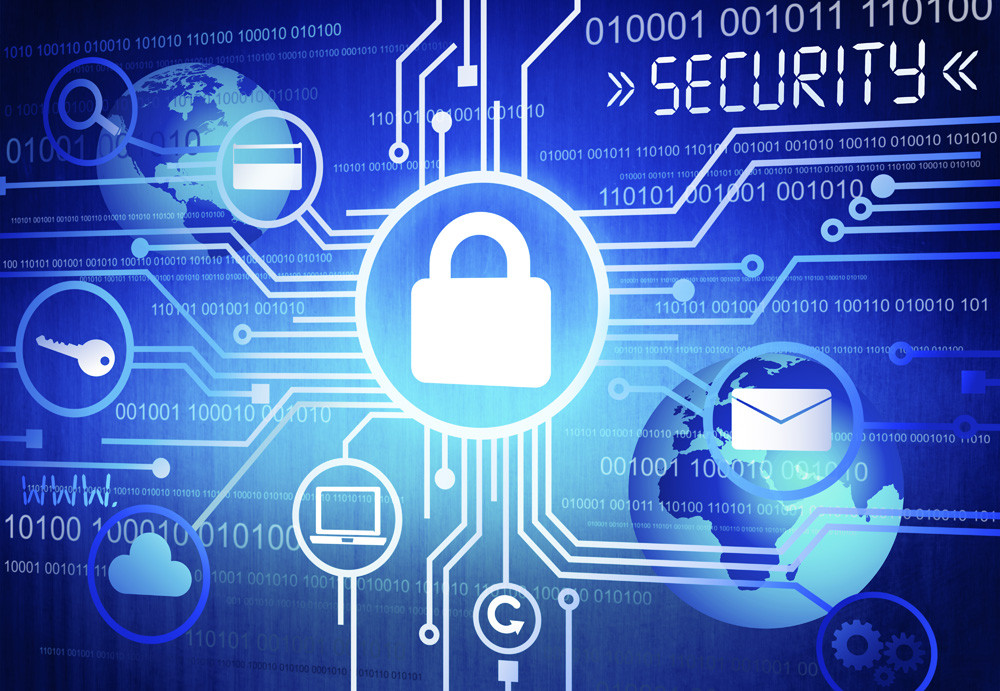Let’s start from the end, for the management of the organization its performance is important. That there is a disturbance does not matter to her from what it stems from. From a power outage, flooding, broken air conditioner, dropped communication equipment or a virus. And so the idea is to unite all the data and the people who manage it all 24/7 in one place.
Bank Leumi did this years ago >>
That’s right, SIEM also collects all the events in the organization, including the significant and insignificant events. But there are several differences between SIEM and Open XDR:
Data Collection
- SIEM:
collects data from different sources and consolidates them in one system. This data includes event logs, network data, information security data and more. - Open XDR:
also aggregates data from different sources, but provides richer threat evidence. It aggregates data from sources such as SIEM, EDR (end-end detection and response) and NDR (network detection and response).
Difference: Open XDR aggregates more spatial data and provides a more complete picture of the threat landscape in the organization.
Detection and Response
- SIEM:
provides analysis and detection of threats, but its response depends on human intervention. It may be slower and less efficient. - Open XDR:
Enables automatic detection and response to advanced threats. It uses automation and advanced models for faster and more efficient detection and response.
Difference: Open XDR enables quick and automatic response to threats, which can save time and resources.
Cost
- SIEM:
Expensive to operate and maintain, including licenses and integration with data sources. - Open XDR:
Can be cheaper than SIEM, thanks to the automation and efficiency it offers.
In summary, Open XDR offers benefits in faster detection and response, automation and options

The security challenge: improve crisis management capabilities and regulatory authority
Companies, whether regional, national or international, face significant security challenges due to their wide geographic presence. Managing branches, offices and other facilities in large areas requires efficient coordination of human resources, facilities and technologies. These challenges are even more complex when acquisitions and mergers are made with other companies.
Here are the main points of the security challenge that companies encounter:
- Operational silos:
Most companies handle security from separate departments. Physical security and crisis management are under the operational and security risk division, while cyber emergency response is in the technology domain. This division hinders collaboration, transparency regarding risks, compliance with regulatory standards, and the development of unified response protocols. - Digital Threats:
With the rise of cyber-attacks, external fraud and business disruptions, companies need to improve crisis response, resilience, government and business continuity capabilities. Events such as weather and fire are also risks.


